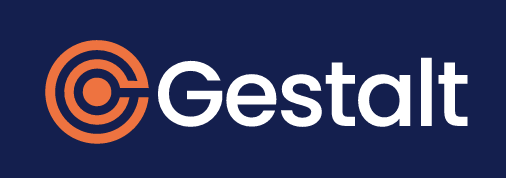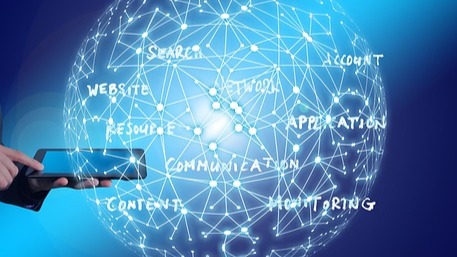Digital Transformation Strategies for the New Normal
Since the start of the pandemic, unpredictable demand patterns in many industries have led to turmoil in the workforce, corporations, and economies worldwide. Within all this flux, however, there is one overt upward trend. Digital adoption by both consumers and corporations have accelerated.
To be successful during this crisis, organizations need to embrace the state of continuous disruption, along with being agile and empathetic to their employees, customers, and suppliers. This can be achieved in the best manner by embracing digital methodologies like business agility, design thinking, data-driven decision making, and digital collaboration in their day-to-day work. As virtual collaboration and e-commerce have become an integral part of our life, organizations with a digital-first mindset and culture are likely to gain market share and improve their competitive position substantially.
How do we create a sustainable digital-first mindset and culture?
- Build relationships in the virtual world by applying empathy
The pandemic has caused unprecedented disruption economically, socially, and personally to all people and organizations. First and foremost, leaders need to feel empathy for all stakeholders and build trust. The in-person interactions which used to intuitively connect, are now limited. It necessitates the need to consciously make an extra effort, so as to recognize the issues, and mindset of the people to better relationships. It throws light on the need to have an empathetic mindset.
- Develop an agile mindset, explore continuously, and act with speed
The continuous flux in consumer behavior, a significant increase in digital transactions, and unpredictable demand patterns require every business to stay attuned to their customers. They need to react to evolving trends and act with agility & speed. Traditional hierarchical and siloed functional working becomes ineffective in the current virtual environment. As teams work remotely, corporations need people who take ownership and accountability for their tasks. Self-managed and purpose-driven teams working in an agile way are far more effective in the current situation.
Agility needs to be applied in all functions. Business agility is best applied to an organization’s value streams. Even then, many organizations implement agility only in product management, development, and deployment functions. For maximizing the benefits, it is crucial to extend agility to all functions within the enterprise, including sales, marketing and HR. The ability to release new product functionalities every day can be better monetized by continuously tailoring marketing campaigns and sales promotions in tandem with product features. This can be further extended into co-opting customers into building the solution and offerings.
- Create dynamic supply chains with end-to-end transparency
To meet unpredictable demand patterns and heightened customer expectations cost-effectively, the organizations need to create a dynamic supply chain leveraging data-driven decision making and sophisticated analytics with AI/ML engines. This can help predict the choke points and expected delays in the shipments. Many organizations are using these techniques. However, as important is the mindset of transparency. To inform customers proactively about their shipment delays to gain trust, collaborate with the partners to improve the bottlenecks and revise the service level agreements. End-to-end transparency in the supply chain along with real-time analytics provides an opportunity to all players to adjust their responses. It will further enable them to work towards meeting the expectation of the end customers.
- Know your tech well enough to imagine what is digitally possible
Companies need to master the underlying technologies like cloud computing, mobile development, analytics, AI/ ML, and Big Data, and apply them effectively to their business situation. With a good understanding of technological capabilities, business leaders should be able to imagine what is digitally possible and accurately invest in the correct technologies for their needs. COVID-19 has demonstrated how effectively digital technologies can be leveraged to address unforeseen changes. Digital, in our view, is the art of the possible. With the speed and successes of digital initiatives in COVID-19, business leaders now understand technological table stakes and are motivated to apply them in all initiatives going forward.
- Lead by example, as change begins from you
We adapted to the digital way of working during COVID-19 this quickly because we were concerned about our safety and survival. Nobody waited for others to change before they changed themselves. It is a normal human reaction to any crisis. COVID-19 proved that similar responses can be garnered at scale. Both individuals and organizations adopted digital technologies i.e. cloud, virtual workplace, and digital commerce immediately. We need to build upon this learning and continue to apply digital technologies and methodologies to our day-to-day jobs with the same level of urgency in future. It will be only then we can realize the promised potential from digital transformations.
The above best practices, when applied, would help the entire workforce to develop a digital mindset and the organization to have a digital culture and a digital way of working. It will enable the organizations to continuously explore how digital technologies, functions and methodologies can be used for realizing better business outcomes.
Author: Ratnesh Prasad




